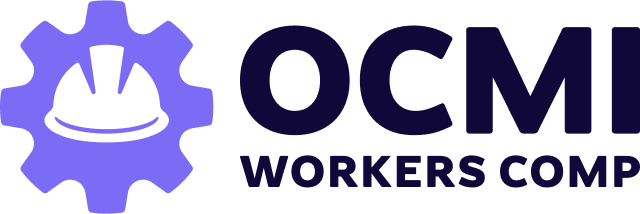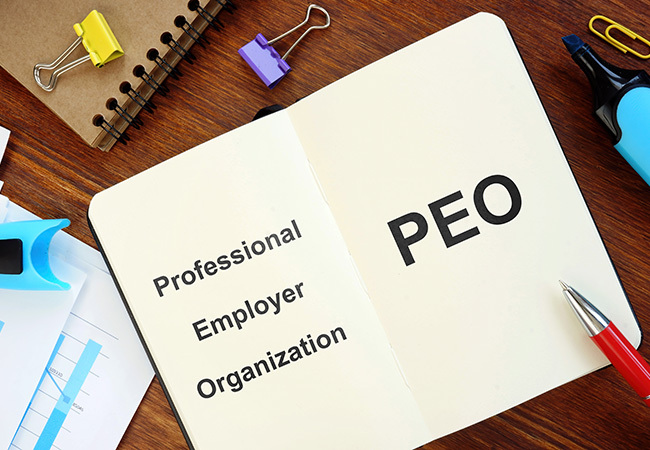As a payroll administrator or HR manager, you know how important payroll documentation is. Accurate payroll reporting is crucial when it comes to employee satisfaction, engagement, and retention.
Despite how essential it is to both your business and the people who work there, ensuring accuracy when reporting payroll can be difficult no matter how many employees you have. There are some best practices to keep in mind when documenting workers’ comp payroll to ensure compliance and help the process run smoothly. Let’s dive into effective payroll documentation and how to implement it in your organization.
Importance of Accurate Documentation in Workers’ Comp Payroll
Accurate payroll documentation is imperative for many reasons—from compliance with state and federal laws to employee satisfaction. If you’re in charge of paying people, it must be done correctly. There are many rules and regulations when it comes to payroll, and remaining compliant with those laws requires accurate payroll processing.
The culture of your workplace depends largely on the attitude and satisfaction of your employees. If your workers aren’t paid accurately or on time, company culture will likely suffer. As an employer, your employees should be able to trust that they’ll make the pay promised to them without having to double-check the math or ensure their hours are correct.
Additionally, proper documentation of payroll is necessary to keep track of business expenses. Payroll adds up, and it’s often the biggest expense an organization has. When payroll isn’t documented correctly, it creates discrepancies and disorganization within your business.
Key Elements of Effective Payroll Documentation
Effective payroll documentation relies on several key elements from the way an employee is classified to the benefits and tax deductions they receive. Employee classification will vary depending on whether they’re a full or part-time employee, or a contracted worker. These classifications are used to help ensure companies remain compliant with rules and regulations.
Employee benefits—like workers’ compensation insurance—and tax deductions also play a major role in effective payroll documentation.
Best Practices for Payroll Reporting
With so much to consider when it comes to payroll reporting, adhering to best practices can help simplify the process.
Classify Employees Correctly
First and foremost, correctly classifying your employees is crucial for accurate payroll reporting. This will determine the type of worker they are and ultimately the benefits and tax deductions they receive.
Create a Payroll Schedule
Whether you have one or one hundred employees, staying organized can be challenging. Creating and maintaining a payroll schedule is a great way to stay on top of payments and keep your employees satisfied.
Document and Maintain Records
Keep track of everything—from your employees’ personal information to payroll records. Staying up-to-date is crucial for remaining compliant with state and federal laws.
Automate Payroll
The easiest way to ensure efficient payroll processing is to automate your system. Professional employer organizations (PEOs) use payroll software to help ensure accuracy, timeliness, and compliance with the rules and regulations for your specific state and industry.
Preparing for Audits
For payroll administrators and HR managers, preparing for audit season can feel somewhat overwhelming. Before the government performs an official audit, however, it’s a good idea to internally check that payroll has been done accurately.
Preparation for an audit may look like reviewing all hours worked by each employee and ensuring what they were paid for matches the number of hours they logged. Paid time off, workers’ compensation, and tax deductions are also important to double-check. Keep bonuses and back pay in mind as well when checking the accuracy of your payroll.
When you work with a PEO, you won’t need to worry about payroll audits. The PEO is in charge of handling payroll processes and ensuring that it’s performed correctly.
Ensure Payroll Accuracy & Compliance with OCMI Workers’ Comp
Maintaining accurate and compliant payroll documentation is key to protecting your business and employees. While best practices help, partnering with a trusted PEO provides expert support to simplify the process and reduce risk.
Let OCMI Workers’ Comp handle the complexities so you can focus on growing your business.
Act now and get a quote to keep your business safe here.









